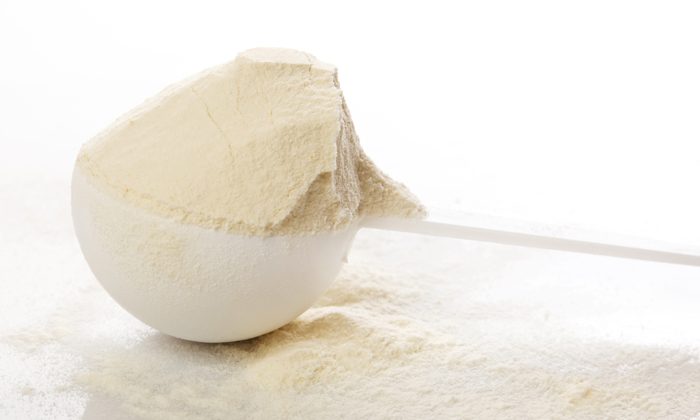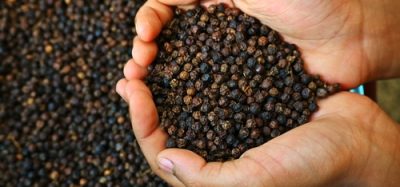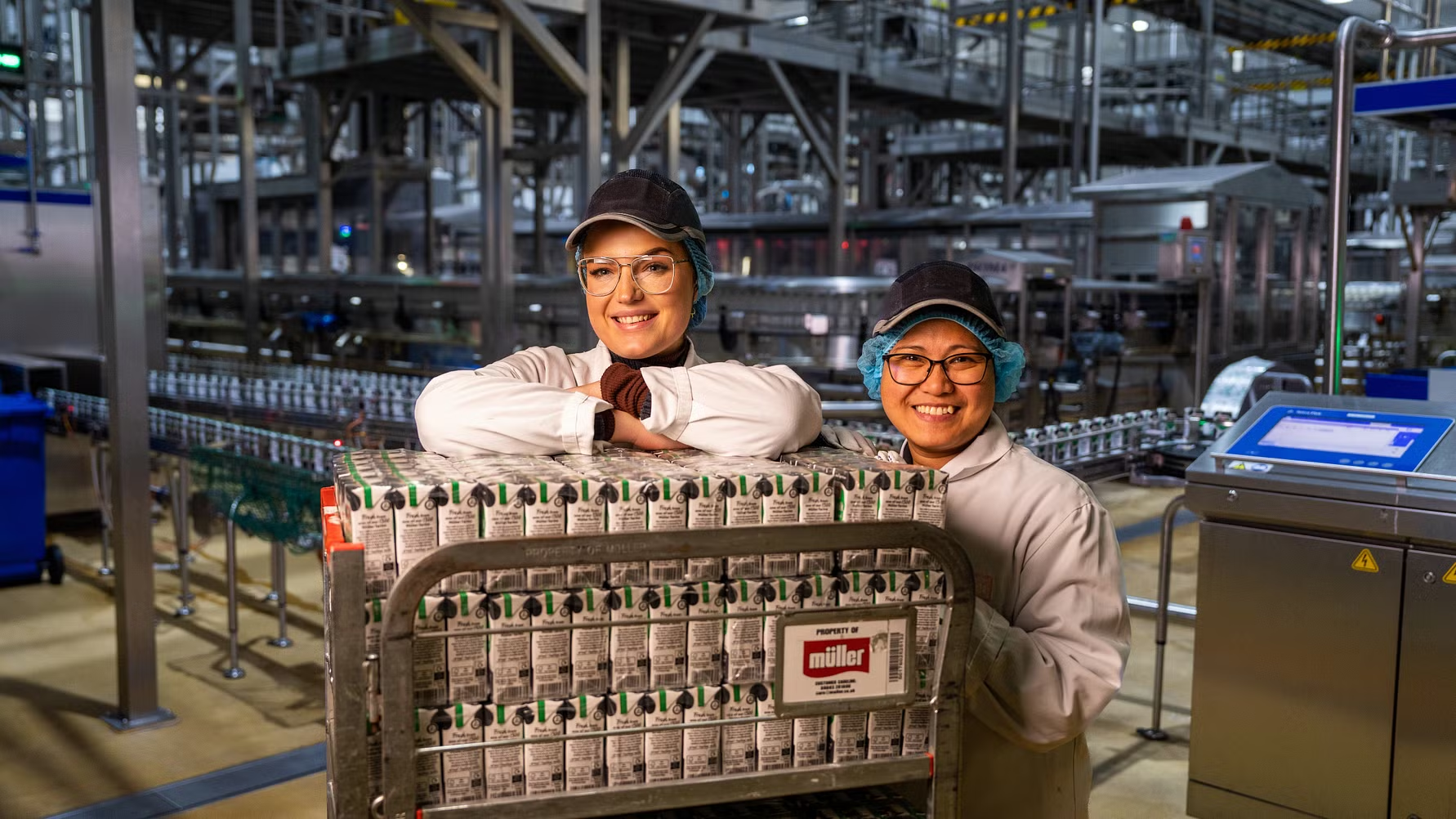Micellar casein market set for steady growth through to 2029
- Like
- Digg
- Del
- Tumblr
- VKontakte
- Buffer
- Love This
- Odnoklassniki
- Meneame
- Blogger
- Amazon
- Yahoo Mail
- Gmail
- AOL
- Newsvine
- HackerNews
- Evernote
- MySpace
- Mail.ru
- Viadeo
- Line
- Comments
- Yummly
- SMS
- Viber
- Telegram
- Subscribe
- Skype
- Facebook Messenger
- Kakao
- LiveJournal
- Yammer
- Edgar
- Fintel
- Mix
- Instapaper
- Copy Link
Posted: 1 May 2019 | New Food Magazine | No comments yet
Consistent demand for functional ingredients complementing the flavour and texture profile of end-use products is anticipated to be a major push factor driving global micellar casein consumption.


A recent report (Micellar Casein Market by Future Market Insights) has stated that at an estimated steady growth in the revenues at 6.1% CAGR between 2019 and 2029, the micellar casein market is likely to see promising growth outlook in the coming years.
In contrast to its demand, milk is not uniformly produced across the globe, leaving a large number of countries with a dairy deficit. This deficit, in turn, leads to high imports of dairy ingredients such as micellar casein from regions such as Australia, New Zealand, the US, and the EU.
The impact of this deficit and the level of imports are particularly high in various emerging economies such as China, Indonesia, Mexico, and Russia. Opportunity for market growth is also mediated through imports as China is also the largest importer for dairy products and ingredients.
Competitors in processed dairy products rely on the quality of their products and micellar casein is ideal for texture and taste reforming characteristics which enhance quality. Apart from its high, natural protein content, micellar casein also offers a neutral taste that preserves the original taste profile of processed products. It also provides a uniform texture that is similar to that of milk. Therefore, the quest to deliver better quality products is also driving the growth of the micellar casein market.
Nutritional beverages contain added nutrients and generally rely on claims made by end-product manufacturers for the benefits offered by the natural, additive-free nature of micellar casein. Hence, fortified beverage offerings represent another segment where micellar casein market is foreseen to witness growth.
A further contributing factor to this growth is the advent of new technology. Micellar casein is separated from milk using various membrane filtration methods, which is a relatively new technology that enables the production of un-denatured proteins that are free from any chemical processing or additives. The commonly used membrane filtration methods used for the production of micellar casein include microfiltration, ultrafiltration, nanofiltration, and reverse osmosis.
The use of ultrafiltration is particularly high in the production of micellar casein. These processes provide several benefits to producers, as they avoid denaturing of the protein, thereby allowing cost-effective production of native proteins.
The adoption of directly consumable micellar casein is also on the rise. Online platforms enable consumers to access various new ingredients such as protein isolates and micellar casein. The report suggests that the flourishing online platforms will create a heap of profitable opportunities for small-scale micellar casein manufacturers, which otherwise are facing several market entry barriers, particularly pricing pressure and high marketing costs.
In regards to competition, micellar casein is relatively new and as such faces intense competition from dairy-based, animal-based, and plant-derived protein ingredients. It is relatively more expensive than other milk proteins, which may compel food manufacturers to opt for cheaper alternatives.
This, coupled with a growing interest in natural or plant-derived proteins such as pea protein, is a factor expected to restrain the growth of the global micellar casein market to a certain extent over the forecast period.
Related topics
Beverages, Health & Nutrition, Processing, Quality analysis & quality control (QA/QC), Trade & Economy









